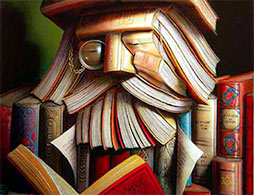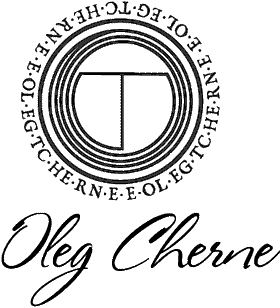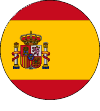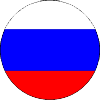The Art of Learning

The art of learning is a conceptual condition for improvement. The guiding principle and the main task of the art of leaning is personal improvement. This unconditional human feature finds expression first of all in the laws guiding the formation of our consciousness.
Consciousness however, whether we like it or not, relies on our physiology and our brain. Therefore, the first question in any development is: Do we understand our brain? The brain is associated with effort, also it is the brain that determines the quality of our development.
Until we can perceive ourselves (I am not talking about awareness), we cannot determine either the direction or the quality of our development. No knowledge, no experience of anyone will help us if we cannot keep on the task, and just remember it. In other words, we often lack sufficient concentration to even function properly, let alone to improve and develop. What is more, there is a huge difference between a child incapable of comprehending the processes and an adult who has gained extensive experience in their inability to think.
Even those who have attained a good understanding and apply it to their life in fact experience a collision between their internal, mental aspect and the external world, which inevitably leads to a reflexive experience. On top of this, each of us is by nature in a state of conflict between the external and the internal. This is especially true of the female nature.
As a result, most often they start teaching us without determining in advance our abilities and willingness to learn. So, we begin to learn without being able to learn. Therefore, it turns out that whatever we are learning is rather useless.
We begin to gain experience in approaching knowledge by relying on our perceptive abilities and our capacity for discipline and cognition. In the end, what we form is not a conceptual, but a reflective attitude to knowledge. And if we still manage to attain this knowledge, then the question arises if we can operate with it. To do this, our understanding and learning needs to have an algorithm and a direction, we need the ability to focus.
And if the ability to plan and keep track of what we do, as well as to be responsible for our words, has not been formed within us, then what we form is a shallow person. Which means that, as a rule, we do not know how to start, continue and control this process or ourselves in it. All we do is collect and scatter, shake off.
Such a person does not know how to live – neither in space, nor in geometry, nor in symbols. Meanwhile, the art of thinking, the ability to evaluate and to set tasks is often hidden behind empty words such as “motivation” or “goal”.
The ability to live setting tasks for yourself requires a deep understanding. The art of learning involves not just the ability to observe, but the ability to capture. And, as it turns out, people often fail even at the level of observation. If a person cannot observe, then they lack attention. And a person who lacks attention does not belong to himself, but is guided by reactions or emotions, and governed by external positive or negative stimuli.
The information flow in our world today paralyzes a person’s activity and it gets more difficult and more difficult for people to identify their own thought, their participation in their own thought creation and, as a result, in life. Today, people cannot even properly form thoughts, thoughts simply run through their minds, and they can’t even be sure that these thoughts belong to them.
In the art of learning, the most important thing to understand is the nature of thought creation, the nature of thought, of knowledge and of distraction. And this is a matter of physiology, which is guided by the energetic principles of our brain.
Our existence today is superficial, and superficial existence makes development impossible. Development requires effort, and today effort needs to be developed, or else we will remain governed by external conditions.
January 21, 2021
19 October 2021








